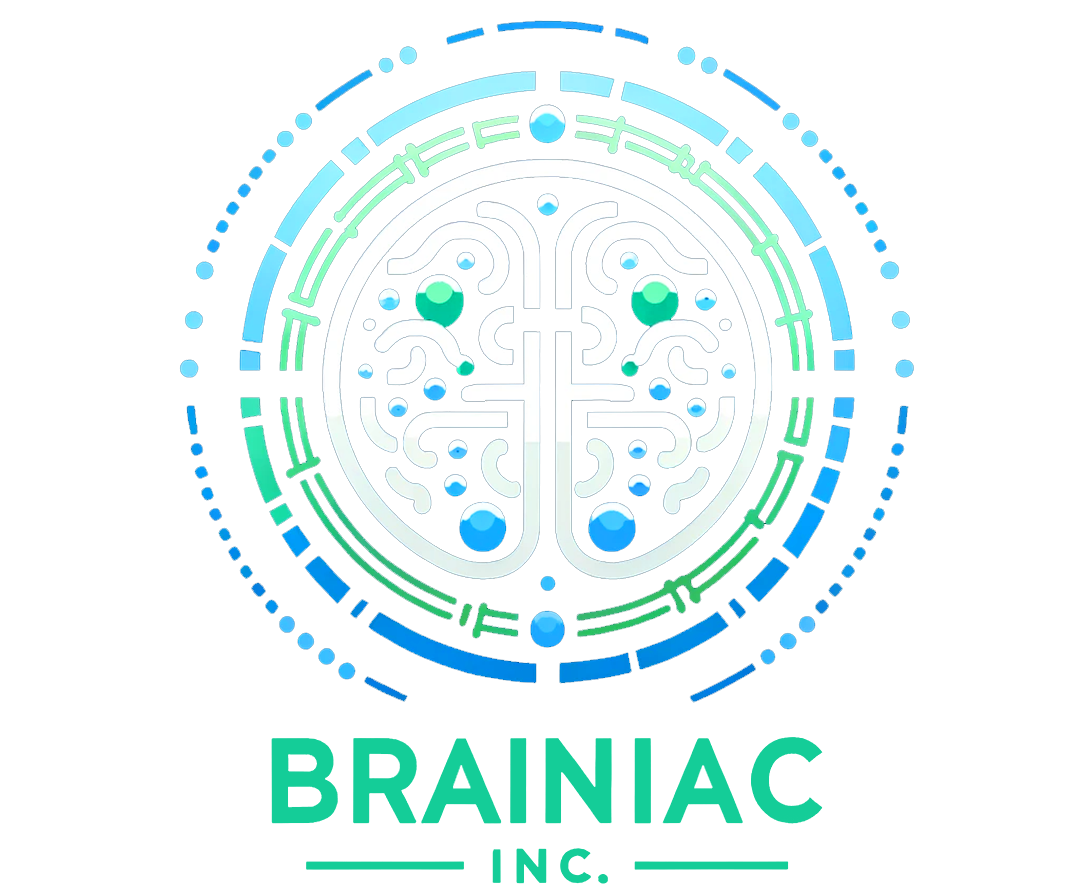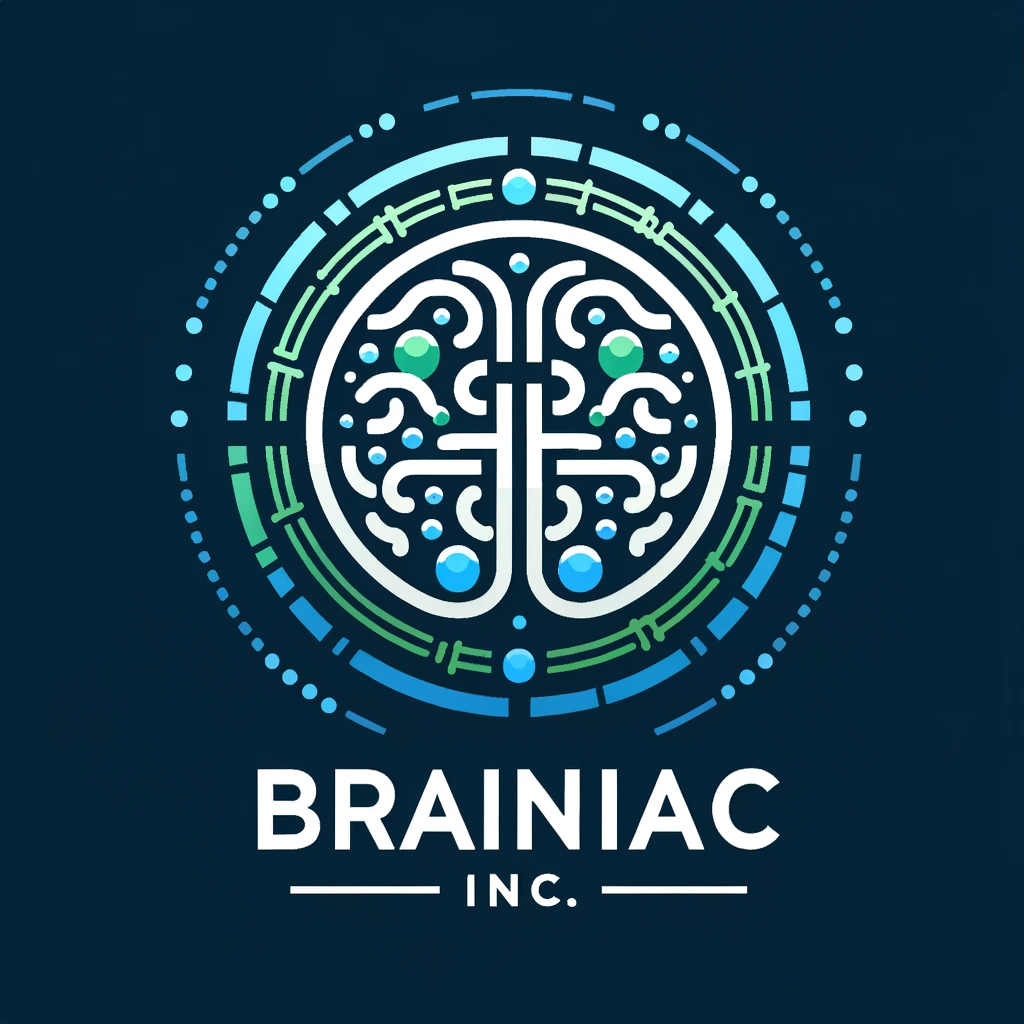The world of Customer Relationship Management (CRM) is evolving fast. Today, it’s not just about managing customer data or logging interactions—it’s about creating experiences that feel genuine and personalized. As customers expect more meaningful engagement, both CRM and Marketing Automation Platforms (MAPs) are stepping up, integrating powerful technologies like AI, predictive analytics, and sentiment analysis to make these connections more intuitive and impactful.
Let’s look at the trends reshaping the future of CRM, MAPs, and customer experience, exploring how businesses can harness these innovations to connect with customers more effectively and build loyalty that lasts.
The Future of CRM and MAPs: More Than Just Data
Back in the day, CRMs were essentially data storage centers: contact info, interaction logs, and maybe a little about customer preferences. But as customer journeys have grown more intricate, so has the role of CRM. The future of CRM and MAPs lies not just in collecting data but in putting it to work—anticipating customer needs, delivering personalized experiences, and building deeper relationships.
And while CRMs manage this essential data backbone, MAPs like Marketo Engage and Eloqua are becoming central players in automating engagement and nurturing leads. The goal now is to bring everything together to make customer interactions feel seamless and valuable.
Smarter Interactions Through AI
AI is fast becoming the backbone of CRMs and MAPs, helping businesses work smarter, not harder. Platforms like Salesforce’s Einstein and HubSpot are leveraging AI to analyze customer data and predict future behaviors, allowing for interactions that feel perfectly timed and highly personalized.
Salesforce Einstein, for example, examines past interactions to suggest the best next steps, making it easier for sales teams to tailor their outreach. Meanwhile, HubSpot uses AI to refine lead scoring and personalize email campaigns, so each customer receives relevant content. AI tools are also transforming customer service; platforms like Zendesk’s Answer Bot automate responses to common questions, allowing service agents to focus on more complex customer needs.
The Power of Sentiment Analysis
One of the most exciting advancements is AI-powered sentiment analysis. Tools like Salesforce’s Einstein Sentiment and Sprout Social’s sentiment analysis give businesses insight into how customers feel in real time. These tools can sift through social media posts, emails, and support tickets to detect if a customer is happy, frustrated, or indifferent, allowing businesses to respond accordingly.
Imagine identifying and addressing a customer’s dissatisfaction before they have to ask for help. Or, catching a loyal customer in a particularly positive moment and building on that engagement. Sentiment analysis lets businesses interact with customers in a way that feels both human and empathetic, strengthening the connection in a meaningful way.
Predictive Analytics: Anticipating Customer Needs
Predictive analytics is proving to be one of the most transformative tools in CRMs and MAPs. By analyzing past behaviors, platforms like Microsoft Dynamics 365 and Marketo Engage can forecast what customers might do next, allowing businesses to proactively engage them.
For instance, Marketo Engage provides predictive audience features that help marketers recommend content based on past behaviors, increasing the likelihood of conversion. Microsoft Dynamics 365 goes a step further, using predictive analytics to help businesses anticipate upcoming customer needs, making it easier to create campaigns that truly resonate with each individual.
Emerging CRM and MAP Trends for a Better Customer Experience
As CRMs and MAPs advance, a few key trends are transforming how businesses manage customer relationships and enhance customer experiences:
- Unified Customer Profiles: A 360-Degree View
The future of CRM and MAPs is about creating a unified view of each customer by consolidating data from all touchpoints. Tools like Salesforce’s Customer 360 and SugarCRM enable businesses to gather data from multiple channels, providing a comprehensive picture of each customer. With this full view, businesses can understand their customers more deeply and deliver consistent, personalized experiences, regardless of the interaction channel.
- Customer Journey Mapping: Seeing the Path from Start to Finish
Visualizing the customer journey is critical to creating smooth, connected experiences. Platforms like Salesforce CRM and Freshworks CRM allow businesses to map out customer journeys, making it easier to pinpoint pain points and areas for improvement. By fine-tuning each stage, companies can ensure that every interaction adds value, creating a seamless and satisfying customer experience from the first touch to ongoing engagement.
- Emotion Detection: Building More Meaningful Connections
AI-driven emotion detection is making it possible to engage with customers on an emotional level. For example, tools like Cogito analyze voice interactions to detect emotional cues, providing agents with feedback on how to adjust their approach in real time. As this technology advances, businesses will be able to connect with customers in ways that respond not just to their actions, but to their emotions, further deepening the customer relationship.
The Future of Customer Experience: Personalization, Omnichannel Engagement, and Agility
In the future, customer experience will revolve around personalization, consistency, and responsiveness. Here’s how businesses can gear up for what’s coming:
- Omnichannel Experiences: Seamless Interactions Across All Platforms
Customers expect a cohesive experience across all touchpoints—whether online, in person, or over the phone. Leading CRM and MAP platforms, such as Zoho CRM and HubSpot, are enhancing omnichannel capabilities to make sure that customer interactions are consistent and fluid. This way, whether a customer reaches out via email, social media, or in-store, they’ll receive the same level of tailored service.
- Emotionally Driven Engagement: Building Customer Loyalty
AI tools in platforms like Adobe Experience Cloud and Salesforce Marketing Cloud are making it easier for businesses to understand and respond to customer emotions in real time. This real-time sentiment analysis fosters loyalty by creating interactions that feel truly meaningful and connected to each customer’s experience.
- Real-Time Customer Feedback: The Key to Agility
The ability to gather and act on real-time feedback is crucial for staying in tune with customers’ evolving expectations. Tools like Qualtrics and HubSpot’s feedback features allow businesses to capture insights and quickly adjust strategies based on customer input, helping them stay relevant and responsive.
Embracing the Future of CRM and MAPs
The future of CRM and MAPs is about more than managing contacts or automating emails—it’s about delivering experiences that feel genuine, relevant, and timely. By adopting advanced technologies like AI, predictive analytics, and sentiment analysis, businesses have the tools to build strong, lasting relationships with their customers.
At Brainiac Consulting, we’re here to help you navigate these emerging trends and integrate the best CRM and MAP tools into your strategy. From sentiment analysis to customer journey mapping, our team has the expertise to help you create an agile, customer-centric experience. Let’s work together to future-proof your customer relationships and ensure every interaction leaves a lasting impact.




